Maheshwar Fort | Maheshwar Tourism | A Complete Itinerary For Travelers
Maheshwar is a picturesque town located in the Khargone district of Madhya Pradesh, India. Nestled along the banks of the sacred Narmada River, Maheshwar is renowned for its rich historical and cultural heritage. The town’s most iconic feature is the Maheshwar Fort, an architectural marvel that dominates the skyline with its imposing presence.
Steeped in history, Maheshwar has been a significant center for various dynasties, including the Marathas and the Holkars. The fort, originally built in the 16th century, reflects the grandeur of Maratha architecture and offers panoramic views of the Narmada River and the surrounding landscape.
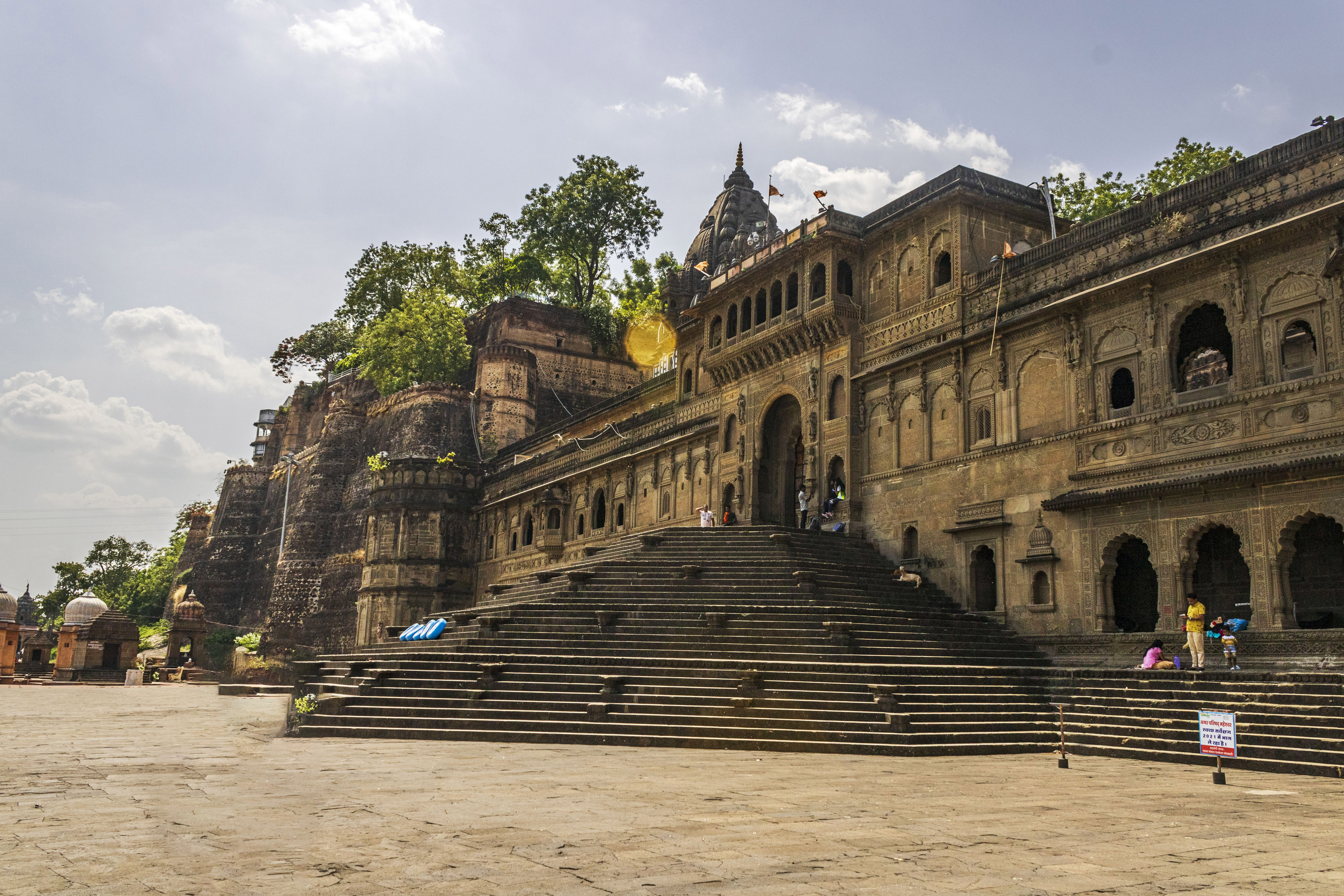
Maheshwar is also famous for its intricately designed Maheshwari sarees, handwoven with precision and skill by local artisans. The town’s ghats (steps leading to the river) are vibrant hubs of activity, where pilgrims and tourists alike gather to witness the religious ceremonies and rituals performed along the Narmada.
Best Places To Visit In Maheshwar
1. Maheshwar Fort:
Maheshwar Fort, a majestic architectural marvel, stands proudly on the banks of the Narmada River in the town of Maheshwar, Madhya Pradesh, India. Constructed in the 16th century by Maharaja Khanderao, the fort underwent significant renovations under the rule of Queen Ahilya Bai Holkar in the 18th century, transforming it into the impressive structure seen today.

The fort is characterized by its robust walls, intricately carved balconies, and graceful courtyards. Inside, visitors can explore various palaces, temples, and chambers that showcase the grandeur of Maratha architecture. The Ahilya Bai Temple within the fort is particularly noteworthy, dedicated to the revered queen herself.
Maheshwar Fort Timings: Open from 7 AM to 5 PM.
Best Time to Visit: The best time to visit maheshwar fort is between October and March.
Entry Fee: The entry fee for Maheshwar Fort is Rs. 25 for Indians and Rs. 100 for Foreigners.
2. Ahilya Bai Temple:
The Ahilya Bai Temple, nestled within the historic Maheshwar Fort is a testament to the reverence and patronage of Queen Ahilya Bai Holkar. Constructed in dedication to the queen herself, who was a prominent figure in the 18th-century Maratha Empire, the temple showcases intricate craftsmanship and architectural finesse. This sacred site not only honors Queen Ahilya Bai’s contributions but also serves as a spiritual haven, inviting visitors to experience the cultural and religious richness embedded within its walls. The temple stands as a poignant reminder of the queen’s devotion to Hinduism and her enduring impact on the heritage of Maheshwar.

3. Narmada Ghat:
Narmada Ghat in Maheshwar, is a serene riverfront along the Narmada River. It serves as a religious and cultural hub for rituals and ceremonies, attracting devotees and visitors alike. The ghat’s steps lead to the tranquil river, offering a peaceful setting for prayers and holy dips. With its breathtaking views and spiritual ambiance, Narmada Ghat is a significant part of Maheshwar’s cultural heritage, blending natural beauty with religious practices.
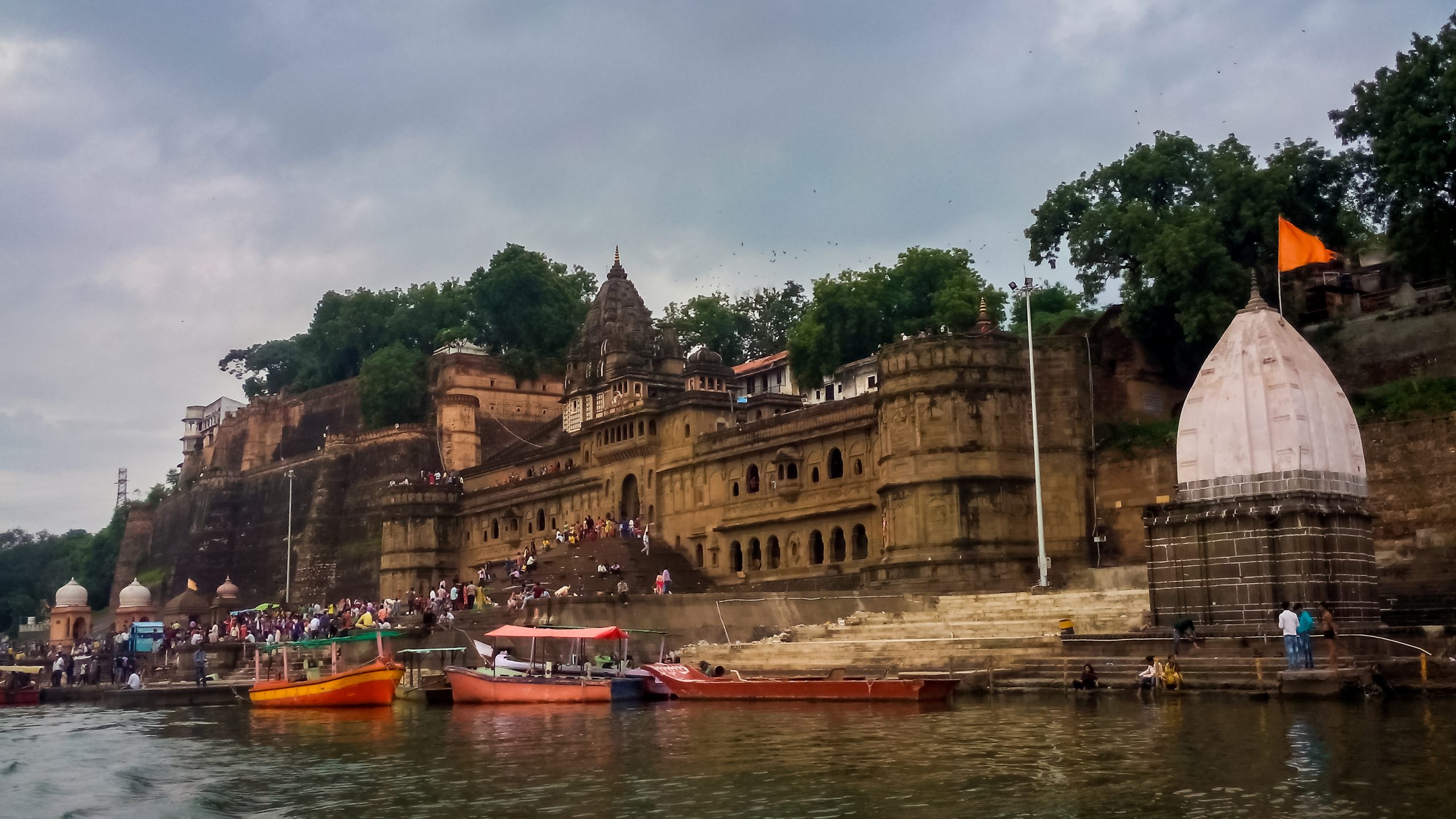
4. Rajrajeshwar Temple:
The Rajarajeshwar Temple, a sacred sanctuary dedicated to Lord Shiva, stands adjacent to the renowned Ahileshwar Temple in Maheshwar, Positioned along the banks of the River Narmada, the temple showcases intricate and opulent architecture, drawing pilgrims in large numbers throughout the year1. It is particularly famous for housing the 11 Akhand Jyoti Deepak, perpetual flame lamps, where devotees offer ghee, a significant temple offering. Notably, these lamps are never allowed to extinguish, with a continual supply of ghee maintaining their eternal illumination1. The sanctum sanctorum’s ceiling is adorned with multifaceted mirrors, adding to the temple’s allure. Maharani Ahilyabai Holkar constructed the Rajarajeshwar Temple in Maheshwar during the 18th century.

5. Ahilyabai Ghats:
Ahilyabai Ghats, lining the banks of the Narmada River in Maheshwar, are vibrant steps that contribute to the town’s cultural and religious ambiance. Named in honor of Queen Ahilyabai Holkar, these ghats serve as important sites for spiritual ceremonies and rituals.
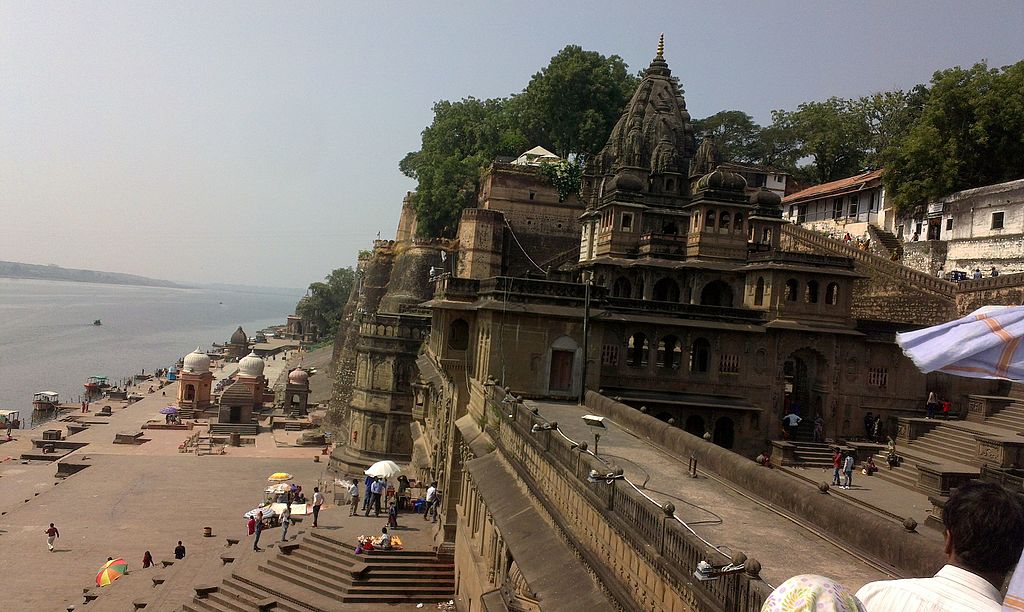
Pilgrims and tourists gather on Ahilyabai Ghats to witness and participate in the religious activities along the river. The steps provide a picturesque setting for prayer, meditation, and the observance of traditional customs. Against the backdrop of the Narmada River, these ghats offer a serene atmosphere, making them not only places of religious significance but also hubs for cultural interaction and community engagement.
6. Jaleshwar Temple:
Jaleshwar Temple, situated in Maheshwar, holds significant reverence for Lord Shiva. Constructed around the 11th century AD, the temple underwent renovations during Emperor Akbar’s reign, overseen by Devdas Mandlaoi of Maheshwar in V.S. 1622 A.D. Originally built by Gautma Bai, the wife of Malhar Rao I, the temple’s sabha-mandapa was later constructed by Ahilya Bai and underwent further renovations by Krishnabai Maa Saheb of the Holkar dynasty. 
Photo Credit: https://www.nativeplanet.com, Gautam Tarafder
7. Rehwa Society:
The Rehwa Society in Maheshwar is a cooperative focused on preserving traditional handloom weaving, particularly the crafting of Maheshwari sarees. Empowering local artisans, especially women, the society contributes to the economic upliftment and cultural heritage of Maheshwar. Visitors can witness the weaving process, interact with skilled artisans, and purchase authentic handwoven textiles, supporting the community and the preservation of this rich tradition. The Rehwa Society stands as a vital force in sustaining traditional crafts and empowering local communities.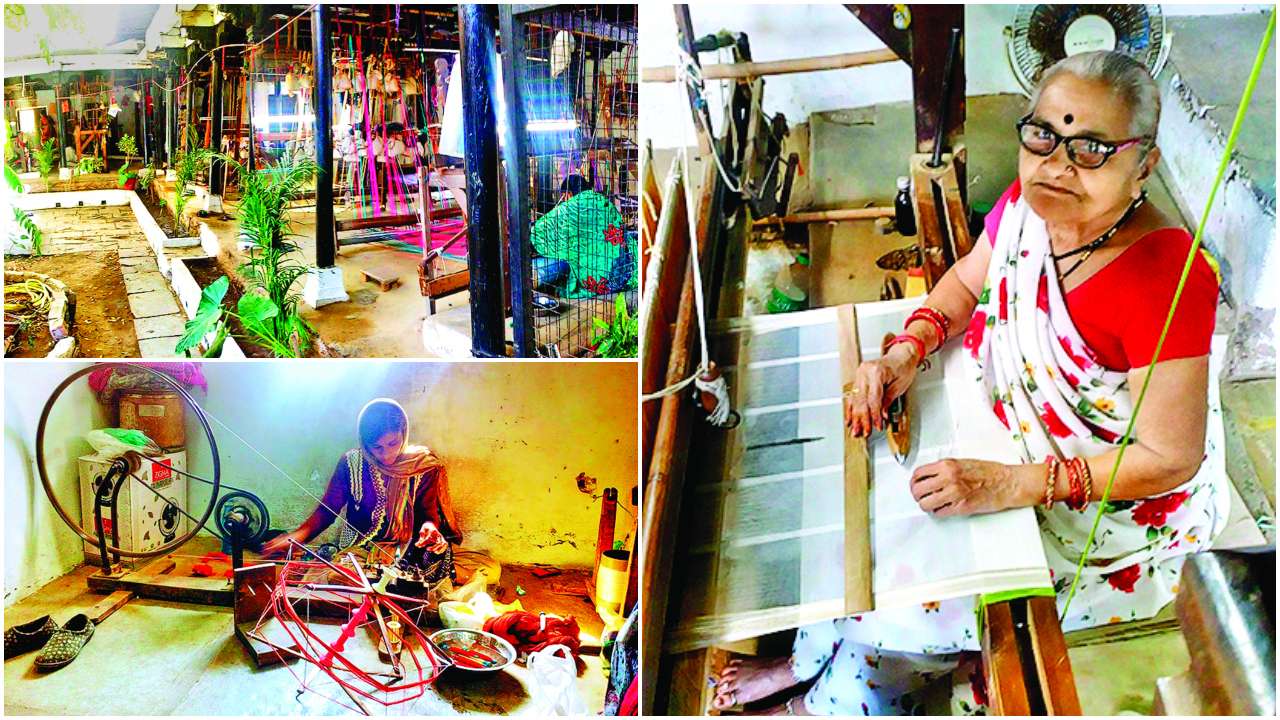
Picture Credit: https://www.dnaindia.com
8. Pandharinath Temple
Pandharinath Temple, situated in Maheshwar, is a significant religious site dedicated to Lord Vishnu. According to local beliefs, it was constructed by Ahilyabai Holkar during her reign. The temple holds historical importance, as it is associated with the incarnation of Lord Krishna as Pandharinath on the eighth day of the dark fortnight in the Hindu month of Sravan. The temple features intricate carvings depicting Puranic idols, with exquisite details adorning its overhanging balconies. Open to visitors from 6 AM to 6 PM, Pandharinath Temple invites devotees and tourists to experience its spiritual and architectural significance.
photo credit: google.com
9. Baneshwar Temple:
Baneshwar Temple, situated in Maheshwar, is a Hindu temple with historical significance. Constructed in 1749 by Balaji Baji Rao, the son of Peshwa Bajirao I, the temple’s construction cost amounted to 11,426 Rupees, 8 Aane, and 6 Paise. Noteworthy is the temple’s possession of a significant bell, captured by Chimaji Appa after defeating the Portuguese in the Battle of Bassien in 1739. Dedicated to Lord Shiva, the temple’s origins are believed to date back to the 5th century, with subsequent renovations carried out by Rajmata Ahilyabai Holkar.
image credit: maheshwar.in
10. Amarkantak:
11. Ek Mukhi Datta Temple:
13. Ahilyeshwar Temple:
The Ahilyeshwar Temple, a revered Hindu shrine in Maheshwar, is dedicated to Lord Shiva and gracefully sits on the banks of the River Narmada. A testament to the impressive architectural skills of Maratha craftsmen, the temple was commissioned by Krishna Bai, daughter of Ahilya Bai Holkar, to honor her mother. Built in the Maratha and North Indian architectural styles, the temple showcases intricate designs and artwork, reflecting 34 years of meticulous construction at a cost of 1.5 crore Indian rupees.

Beyond its dedication to Lord Shiva, the temple also houses a shrine for Lord Rama. Daily aarti ceremonies take place at 8 am and 6 pm. Conveniently located 1 km from Maheshwar’s main bus stand, visitors can reach the temple by auto-rickshaw or on foot, immersing themselves in the spiritual and architectural beauty that this historical site offers.
14. Tilbhandeshwar Temple:

15. Kamani Gate – Maheshwar:
18. Chatri of Vithoji:
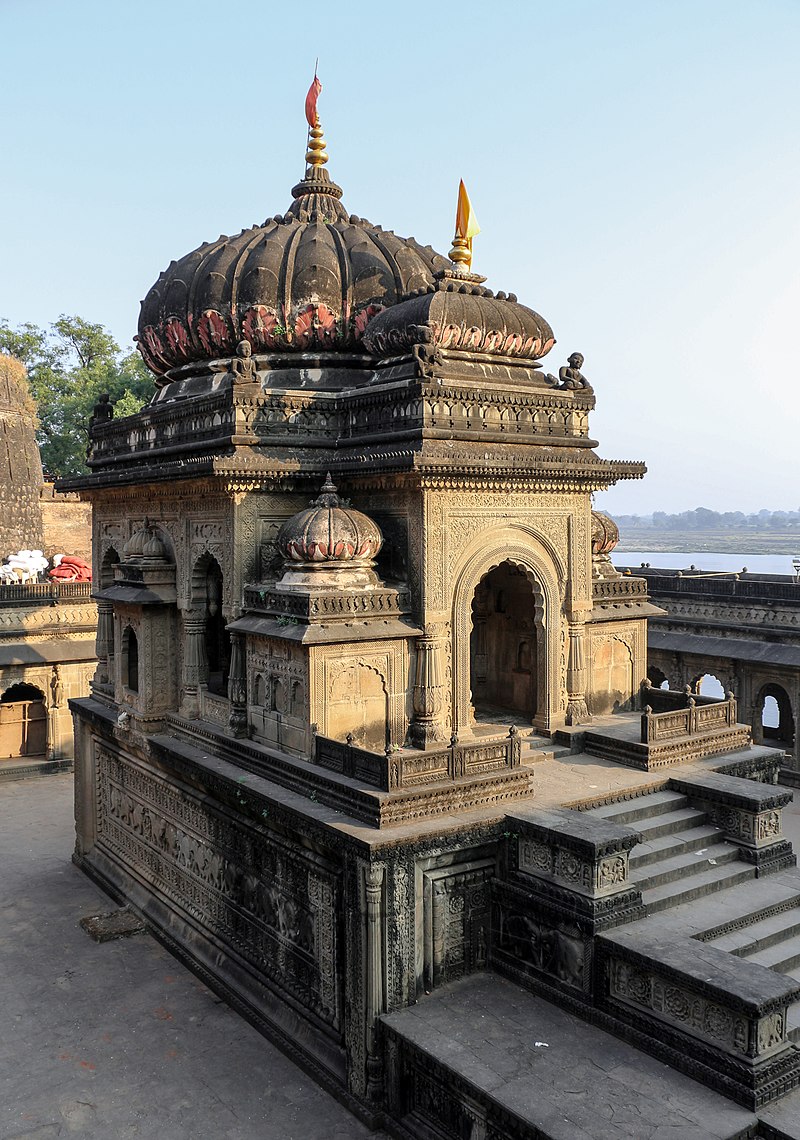
19. Navdatoli
Navdatoli was a chalcolithic site on the Narmada River in India, where people used stone and copper tools. It had four mounds with different pottery styles, showing the changes over time from 2000 BCE to 1000 BCE. The people made sharp blades from chalcedony, a type of quartz, and other tools from bone, antler, and copper. They also kept and hunted animals, and ate cereals, pulses, fruits, and nuts. They lived in houses made of mud and plant fibers, and traded with other regions for copper, silver, and ivory. Navdatoli was excavated in the 1950s by Deccan College archaeologists.

photo courtsey: ndia-a2z.com/chalcolithic-age
Maheshwar Is Famous For:-
Tana Bana Maheshwari Handloom
How To Reach Delhi To Maheshwar
- By Air:
- The nearest airport to Maheshwar is Devi Ahilya Bai Holkar Airport (IDR) in Indore, which is approximately 100 kilometers away.
- You can take a direct flight from Indira Gandhi International Airport (DEL) in Delhi to Devi Ahilya Bai Holkar Airport. The flight duration is around 1.5 to 2 hours.
- From Indore, you can hire a taxi or use other local transportation to reach Maheshwar.
- By Train:
- The nearest railway station to Maheshwar is Barwaha Railway Station (BRWA), which is around 39 kilometers away.
- Alternatively, you can take a train from New Delhi Railway Station to Khandwa Junction (KNW), which is a major railway station near Maheshwar. From Khandwa, you can hire a taxi or use local transportation to reach Maheshwar.
Here Is A Table Of Trains From Delhi To Barwaha Railway Station
| Train Name | Train Number | Starting Station | Departure Time | Duration | Ending Station | Classes | Train Type |
|---|---|---|---|---|---|---|---|
| Karnataka Express | 12628 | NDLS | 08:20 PM | 14 hrs 47 mins | KNW | SL, 2A, 2S, 3A | Others |
| NDLS INDB Express | 12416 | NDLS | 09:50 PM | 12 hrs 15 mins | INDB | SL, 2S, 3A, 2A, 1A | Special Train |
| Sachkand Express | 12716 | NDLS | 01:00 PM | 13 hrs 42 mins | KNW | SL, 2S, 3A, 2A, 1A | Others |
| Goa Express | 12780 | NZM | 03:15 PM | 15 hrs 43 mins | KNW | SL, 2A, 2S, 3A | Special Train |
| SGNR NED Express | 12486 | NDLS | 11:15 PM | 13 hrs 50 mins | KNW | SL, 2A, 2S, 3A | Special Train |
By Road:
- Maheshwar is well-connected by road, and you can reach there by bus or taxi.
- The road distance from Delhi to Maheshwar is approximately 810 kilometers, and the journey can take around 14-15 hours by car, depending on the route and traffic conditions.
- You can also consider taking a bus from Delhi to Indore or nearby towns, and then proceed to Maheshwar by local transportation.

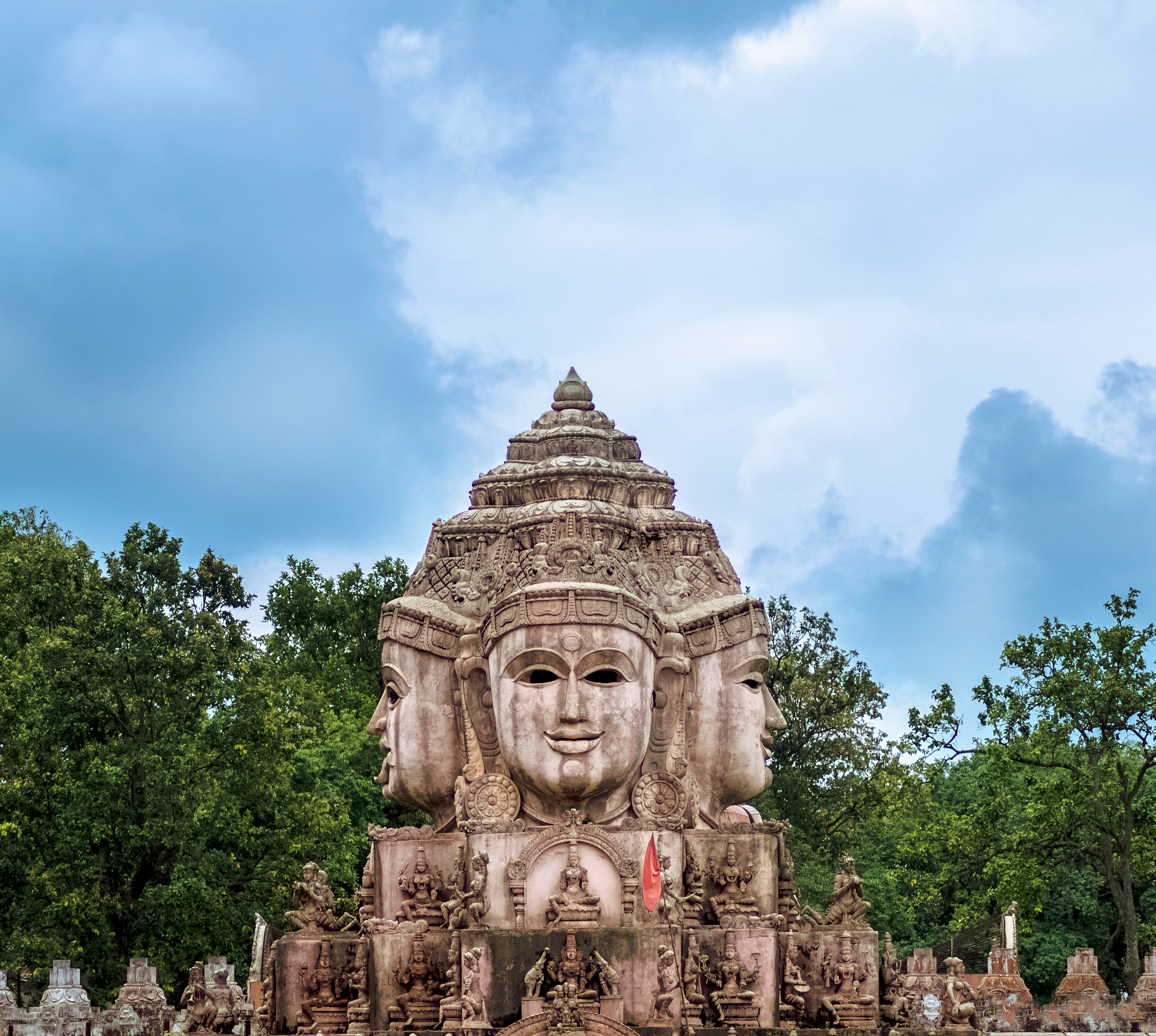

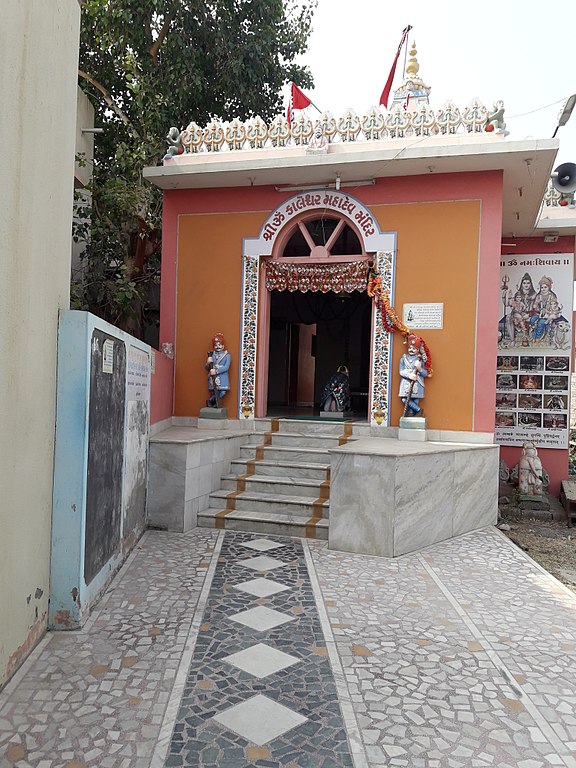
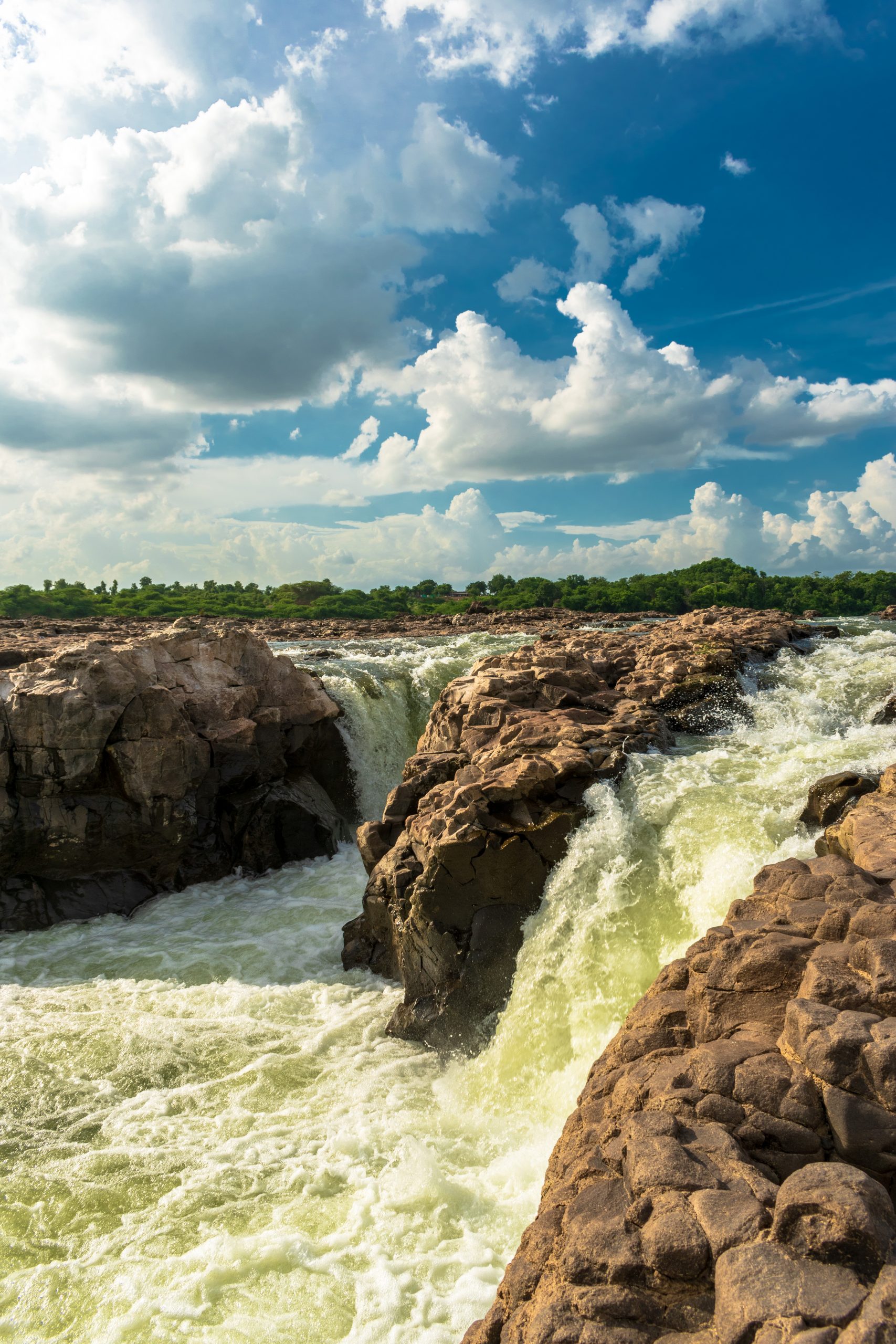



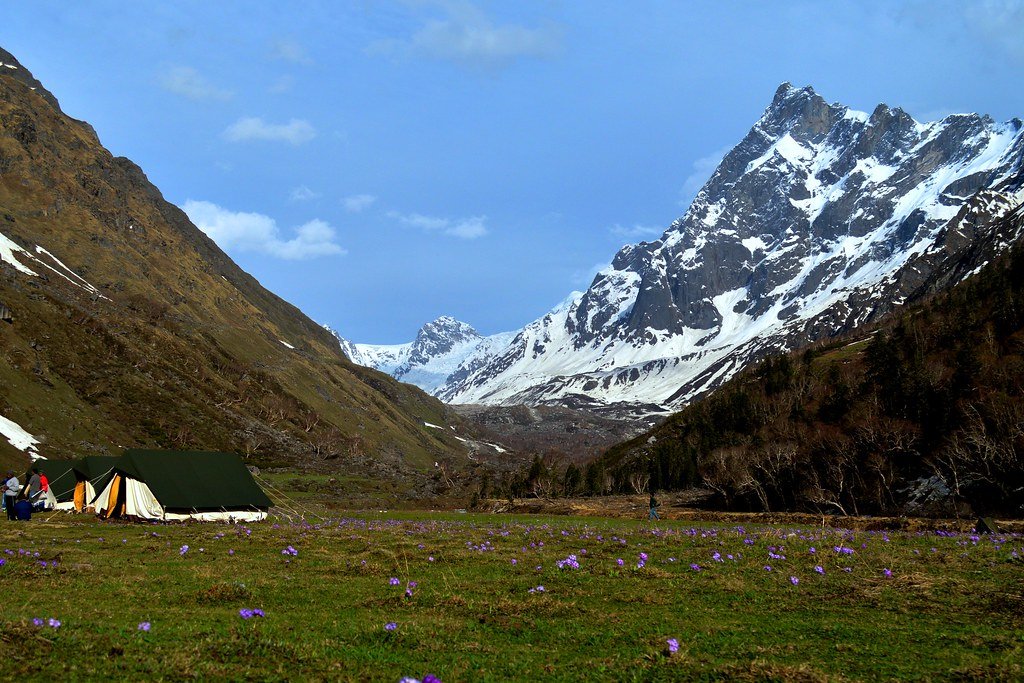
Your detailed itinerary for Maheshwar Fort is a travel enthusiast’s dream, offering comprehensive insights that beautifully capture the essence of this historic destination.
thank you soo much for appreciating and liking.
Pingback: Bhojpur | Best Places To Visit | How To Reach | Bhojpur T
Pingback: Maihar Devi Temple: Complete Travel Guide | How To Reach